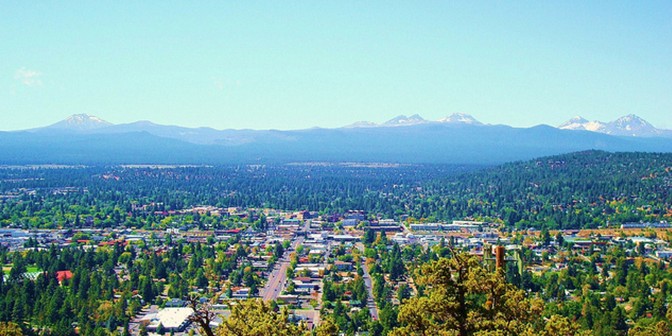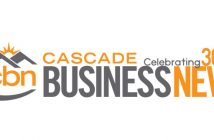City Club of Central Oregon hosted a tourism forum a few months ago amid concerns registered by residents about visitors to Bend especially the traffic congestion.
The forum left a lot of questions unanswered leading Visit Bend to reach out to do a better job of communicating with the public.
At a recent Tourism Industry Update Visit Bend CEO Kevney Dugan, Bend Economic Director Carolyn Eagan and Regional Economist Damon Runberg of the Oregon Employment Department explained to a small group of attendees how tourism dollars are collected and invested.
To give you a brief refresher, as explained by Carolyn, in 1983 Bend voters decided to tax themselves via a room tax to make an investment in the City and not rely on dwindling timber payments. In the early 2000s we raised the transit room tax (TRT) ultimately investing in tourism promotion. When the State got into the act in 2003 legislation was passed that required all cities to invest at least 30 percent of their room tax dollars in tourism.
The current TRT in Bend is 10.4 percent collecting about $10 million a year. Less than $3 million goes into tourism each year. Visit Bend is a contractor of the City of Bend whose task is to manage the tourism funds. Each year they make a proposal to the City on how to invest those funds. Ultimately the Bend City Council decides how to spend the dollars from a review by the City’s economic development board.
Most recently the City decided to reinvest in roads and changed the percentage. To date, the allocation breakdown has been 64.6 percent (general funds) and 35.4 percent (tourism). The new split will be 68.8 percent (general funds) and 31.2 percent (tourism), a difference of 4.2 percent.
Kevney offers that Visit Bend is an “innovative marketing organization dedicated to enhancing Bend’s economy by attracting visitors to the City and encouraging those visitors to discover the rich culture and connect them to our diverse businesses.”
Visit Bend initiatives promote the area with a focus on community, sustainability, respect for Bend’s natural resources and way of life. There is no doubt that tourism has real economic value helping restaurants, hotels and recreation businesses sustain stable revenue.
Where does Visit Bend spend its $3 million allotment? The annual breakdown comes out to 40 percent in Oregon, 17 percent in California, 22 percent in Washington, 21 percent nationally. Marketing is focused on different seasons: 60 percent in winter, 15 in fall, 10 in summer, 15 in spring. The targeted market: married females, ages 35 plus, household income of $75,000 with one or more children under 18 living at home. The media: 40 percent television, 25 digital, 20 radio, 15 print.
Kevney notes the organization refocuses initiatives regularly, depending on community needs, economic climate and feedback from the City. In the last year, the group began to focus more on improving community relations, launching Visit Like a Local and working with Economic Develop of Central Oregon to attract new businesses. Recently they helped launch the free shuttle in downtown.
Damon believes the tourism industry gets a bad rap and reminds us that in 2010 there were no job opportunities and then tourism employment started adding jobs when no other sector was.
“Tourism kinda greased the wheels. As a lifestyle town we have a symbiotic relationship between tourism and lifestyle businesses.”
Tourism is a bittersweet industry. On the one hand it is a vital economic enhancer providing jobs and bringing new businesses to the area. Along with that success comes growing challenges including traffic congestion, affordable housing for tourism-related employees and crowded restaurants and retail markets. When all these visitors are in town many locals say they stay home and let the tourists take over their town.
The important message coming from Kevney at Visit Bend: “Anyone who has an issue with tourism is invited to come meet with me. We made a commitment that we are here to listen.”
Give him a call, he’s a great listener: 541-382-8048.





